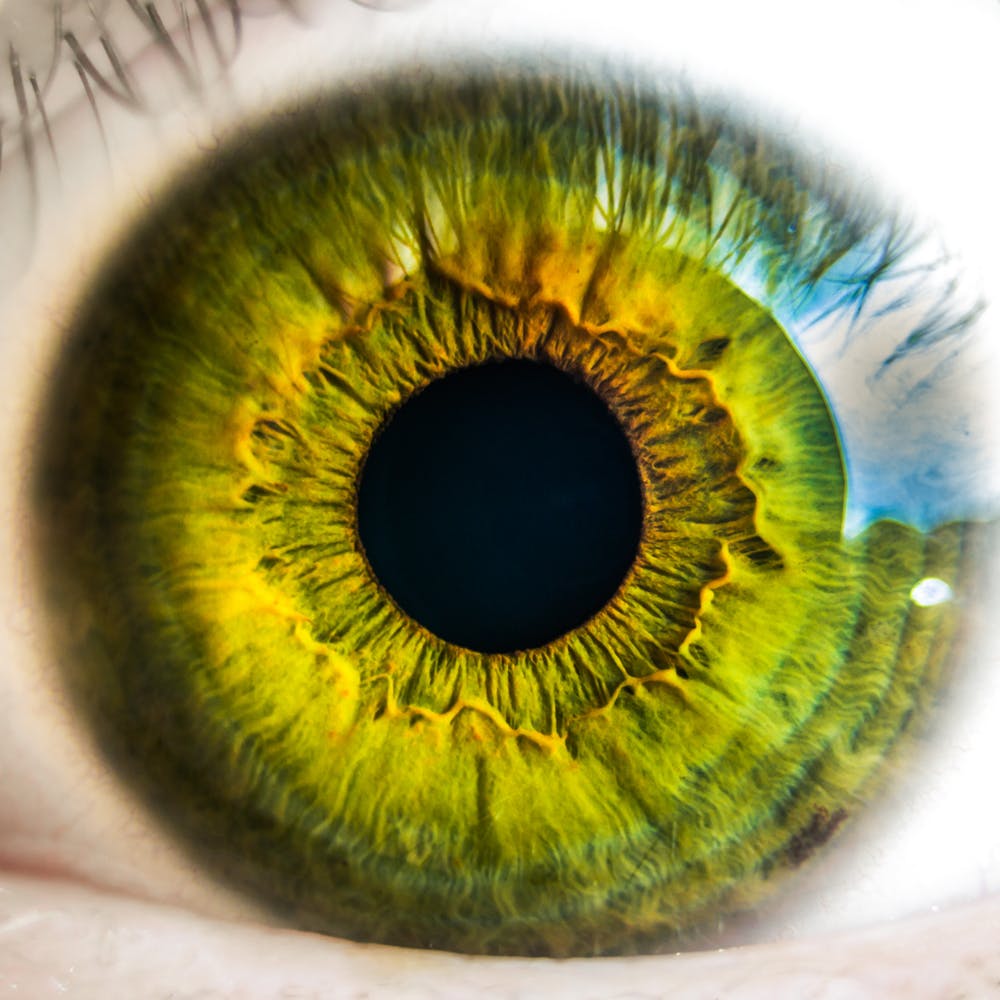I’ve decided to write a series of blog posts about sensory processing disorder, taking each of the senses in turn and examining them in detail. Sensory processing disorder occurs when the brain has problems with the information it receives via the senses and this can result in a number of difficulties in everyday life.
Sensory behaviours can lie on two extremes: sensory avoiding behaviours and sensory seeking behaviours, depending on whether an individual is over or under stimulated by a certain stimulus.
Today I’m looking at the visual aspect of sensory processing disorder and how it may affect a person in their development and daily life.
General Issues With Visual Sensory Processing Disorder
A person with visual SPD issues may appear clumsy and uncoordinated. They may become easily frustrated to to their inability to complete certain tasks. They may also have trouble reading; struggling to distinguish letters and numbers that look similar, like b and d.
They may have problems with fine motor skills, particularly when it comes to writing and copying. Gross motor skills may also be affected, with individuals having difficulty distinguishing left from right. Spatial awareness can also be affected.
It should be noted that the behaviours described above can also be symptoms of other disorders, so it is important to seek advice from a doctor if you suspect your child has SPD.

Sensory Seeking Behaviours
Sensory seeking behaviours may include an attraction to bright colours, flashing lights or other intense visual stimuli.
Sensory seekers may also be excellent visual learners, retaining information better when it is presented by means of a graph, image or video.
There may be an obsessive attraction to screens, which could lead to addictive behaviours due to the pleasure derived from the bright colours and moving shapes on a TV or computer.
Sensory Avoiding Behaviours
Someone with SPD may be extremely sensitive to bright lights and colours. Normal activities such as a trip to a shopping mall may be completely overwhelming due to the amount of visual input the brain is receiving.
They may suffer from headaches as a result of the intense visual stimuli. In autistic people, this can often lead to meltdowns.
Helping Someone With Visual SPD
SPD can’t be cured and it is unlikely that someone will grow out of it, although there are strategies that parents and caregivers can use to help an individual cope better with visual stimuli.
Sensory seekers may enjoy looking at picture books and artwork. They may be soothed by looking at lava lamps or fibre optic lighting. They may also enjoy doing jigsaw puzzles or other mentally stimulating games.
Sensory avoiders may need a safe space in the home with minimal visual input and plain decor. Families may wish to decorate their home with subtle colours on walls and carpets, rather than bright patterns. Outdoors, they may benefit by wearing a cap to shade the eyes, or dark sunglasses.
As regards clothing, a parent may need to take the child’s preferences into account when it comes to colours and patterns, to avaid making the child feel uncomfortable.
In my next blogpost, I’m going to discuss the auditory aspect of SPD and how we process sound affects everyday situations.